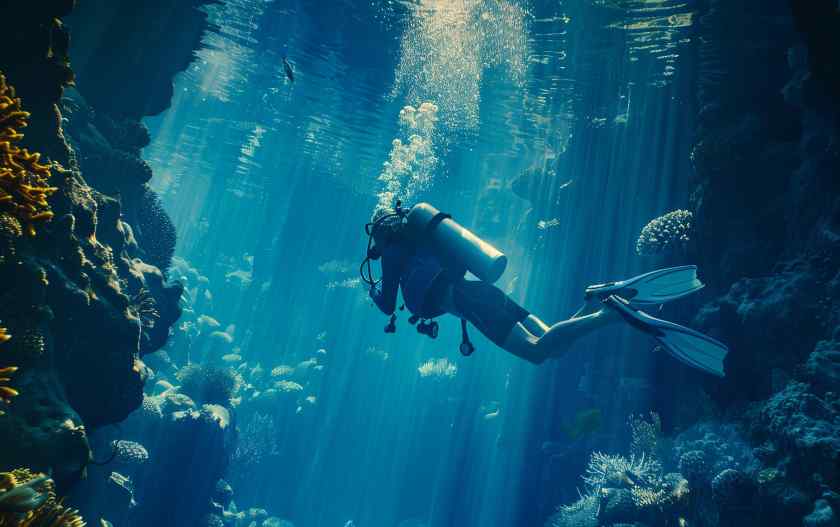Antarctica Vs Arctic Travel Guide (2025 Update)
A thick ice shelf, harsh winter, vast ice cover, whales breaching across the ocean surface – are we describing the Arctic or Antarctica? It could be either!
The Arctic and the Antarctic have much in common. They are both cold, remote regions at the end of the Earth. Both regions have incredible wildlife and endless opportunities for adventure.
Whichever polar region you visit, you are sure to walk away with incredible memories and photographs.
But there are some key differences between the Arctic and the Antarctic! Not only are they at opposite ends of the planet, they have different animals, landscapes, temperatures, cultures, governments, and tours.
This guide dives into the specifics of each region to help you better understand what your trip might look like.
You won’t find polar bears or human cultures down in the Antarctic Circle, and you won’t find penguins or an entire continent of ice up around the North Pole.
Let’s break down the differences between Antarctica and the Arctic!
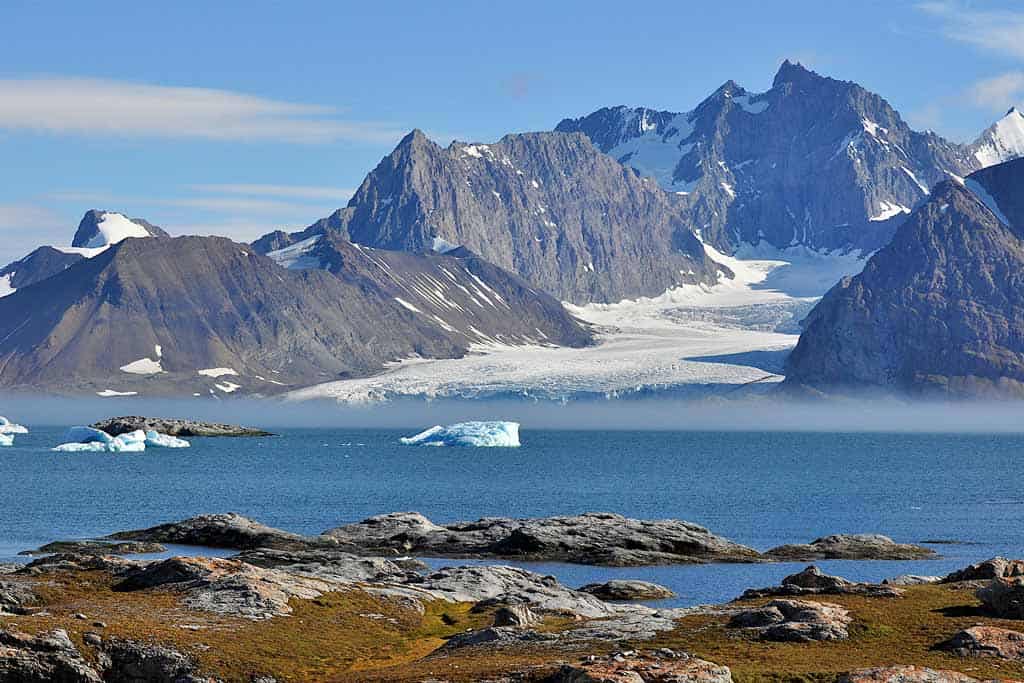
Table of Contents
Our travel guide compares both the Arctic and Antarctic regions of the Earth. These two areas are absolutely stunning and a favourite destination for adventurous explorers.
Though the two polar regions have many similarities, they are also very different. Our Antarctica / Arctic Travel Guide compares both areas across key categories to help you decide which is best for your adventure.
We’ll also dive into some FAQs about Antarctica and the Arctic region.
Before you book any international trip, we honestly recommend getting travel insurance. You never know when things will go wrong, and medical bills can add up quickly if you get sick or injure yourself overseas.
Our personal recommendation based on our own experience is World Nomads.
Antarctica is famous for penguin-spotting, whale watching, zodiac cruises, mountain ranges, massive icebergs, and wild landscapes of Antarctic sea ice.
Visitors generally explore by expedition cruise, which may visit places like the Antarctic Peninsula, South Georgia, South Shetland Islands, and more.
Here is an overview of Antarctica and its key selling points for those looking to book a trip!
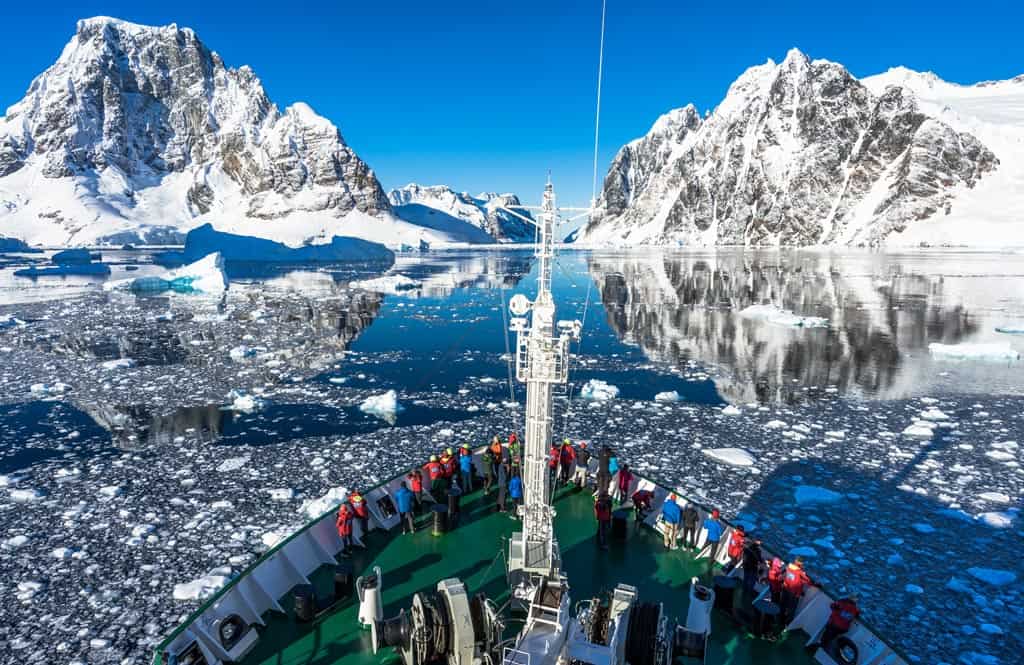
Geography & Landscape
Antarctica is a continent surrounded by the Southern Ocean in the Southern Hemisphere. It covers around 14 million square kilometres and is the fifth-largest continent on Earth.
It is also the coldest place on Earth! Air temperatures range from -60°C (-76°F) in winter to around -2°C (28°F) in summer.
Most of the continent is covered in vast mountains and ice sheets. The continent itself is a massive Antarctic ice sheet that can be up to 4km thick.
Surrounding the main landmass of Antarctica, you’ll find giant icebergs, huge amounts of sea ice, and subantarctic islands with their own unique geographies.
Antarctica has minimal vegetation and no full-time human inhabitants.
Wildlife
Despite its harsh environment, Antarctica has a diverse range of wildlife! Most animals reside in the Southern Ocean surrounding the continent, with some making temporary stops on land or ice floes. There are no animals that permanently live on land in Antarctica.
Antarctica is most known for its incredible penguin colonies. Emperor, gentoo, and chinstrap penguins thrive around the Antarctic Peninsula.
Common bird species include albatrosses, skuas, and snow petrels.
For sea-dwelling creatures, visitors to Antarctica can often spot weddell seals, leopard seals, and elephant seals lounging on sea ice around Antarctica or South Georgia.
Humpback whales, blue whales, minke whales, fin whales, and orcas also frequent the waters of the Southern Ocean around the continent.

Tourism
Antarctica is the most remote and wild place in the world. A trip here is generally very expensive and time-consuming, but the adventure is like nothing else you’ll ever experience.
Most tours to Antarctica depart from Ushuaia, Argentina, with alternate options departing from New Zealand, Australia, or South Africa. You can only visit between October and March, with December and January being peak travel season.
Guests have to visit Antarctica with a reputable tour operator. Most trips to the Antarctic continent are expedition cruises, or some sort of fly/cruise options.
Tours are pricey, with most costing $10,000 – $15,000 USD or more for 10-day expeditions. But the price tag includes the highest-quality ships, gear, food, accommodation, and expert tour guides. You wouldn’t want to skimp out on a trip to the South Pole, where the environment is one of the harshest on Earth.
The Arctic differs from Antarctica, mainly in that it’s a region and not a continent. It encompasses the Arctic Ocean and various islands and landmasses that are part of different countries.
The Arctic is more accessible than Antarctica. It has human civilization and unique wildlife such as polar bears and narwhals.
Here are the key factors that make the Arctic special!
Geography & Landscape
While Antarctica is a continent, the Arctic is a region. It encircles the north pole at the very top of the Northern Hemisphere, and includes parts of Canada, Alaska (USA), Greenland (Denmark), Russia, Norway, Sweden, Finland, and Iceland.
The Arctic region includes the Arctic Ocean surrounded by landmasses, islands, fjords, tundras, and Arctic sea ice. In total, the Arctic is about 16 million square kilometres.
With slightly warmer temperatures than Antarctica, the Arctic has more diversity in its landscape and human activities.
Coastal summer temperatures in the Arctic range from 0°C to 10°C (32°F–50°F). There are also several settlements of humans living around the Arctic Circle, including Indigenous groups that have lived around the North Pole for centuries.
Wildlife
The Arctic has its own variety of marine life that Antarctica does not, such as walruses, beluga whales, bowhead whales, and narwhals. There are killer whales and seals in both polar regions, though the Arctic is home to harp seals, harbor seals, ringed seals, and more.
The main difference between Antarctica and the Arctic’s wildlife is that the Arctic has an abundance of land animals. The climate and landscape is more conducive to life on land up in the Arctic!
Polar Bears are the most famous Arctic animal, and they share the snowy terrain with Arctic foxes, reindeer, snowy owls, Arctic hares, and more.
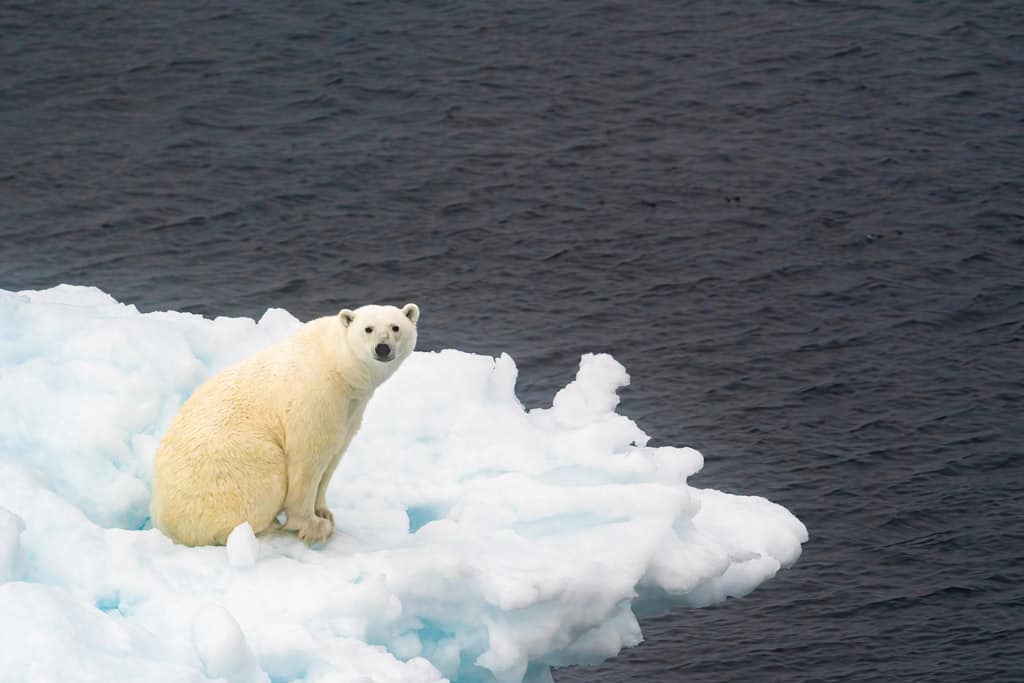
Tourism
The Arctic is more accessible than Antarctica in terms of tourism.
The Arctic Region is in closer proximity to Europe and North America, so guests can find a wider variety of tours, flights, and cruises departing from Scandinavia, Canada, Iceland, Alaska, and more.
There are more flexible itineraries to the Arctic as well, which makes the trip more affordable at around $3,000 – $10,000 USD.
Aside from cruises and touring the icy landscapes of the Arctic, tours may also have additional activities like seeing the Northern Lights or going dog-sledding.
You can also embark on cultural tours with Indigenous groups as there are thriving cultures in the area.
June to September is summer in the Northern Hemisphere, which is the best time to visit the Arctic. This is when the sea ice melts and you can see more wildlife like polar bears and Arctic foxes.
Now that we’ve given a brief overview of both polar regions, let’s cover some common questions that people may have.
Both polar regions are fascinating places to visit, but they offer different experiences that may be better suited to certain types of travellers.
Though we’ve covered this in each location’s breakdown, here is a quick summary!
Antarctica is a continent surrounded by the Southern Ocean. It’s located at the South Pole and is home to vast mountains, penguin colonies, whale species, and subantarctic islands. Antarctica is very remote and expensive to visit!
The Arctic is a region that includes the Arctic Ocean and surrounding sea ice, islands, and continents. Its area extends into several different countries around the North Pole, and the Arctic is home to polar bears and numerous human settlements. The Arctic is slightly more accessible and affordable to visit than Antarctica.
So while the Arctic and the Antarctic are both cold, icy, and full of wildlife, they are vastly different.
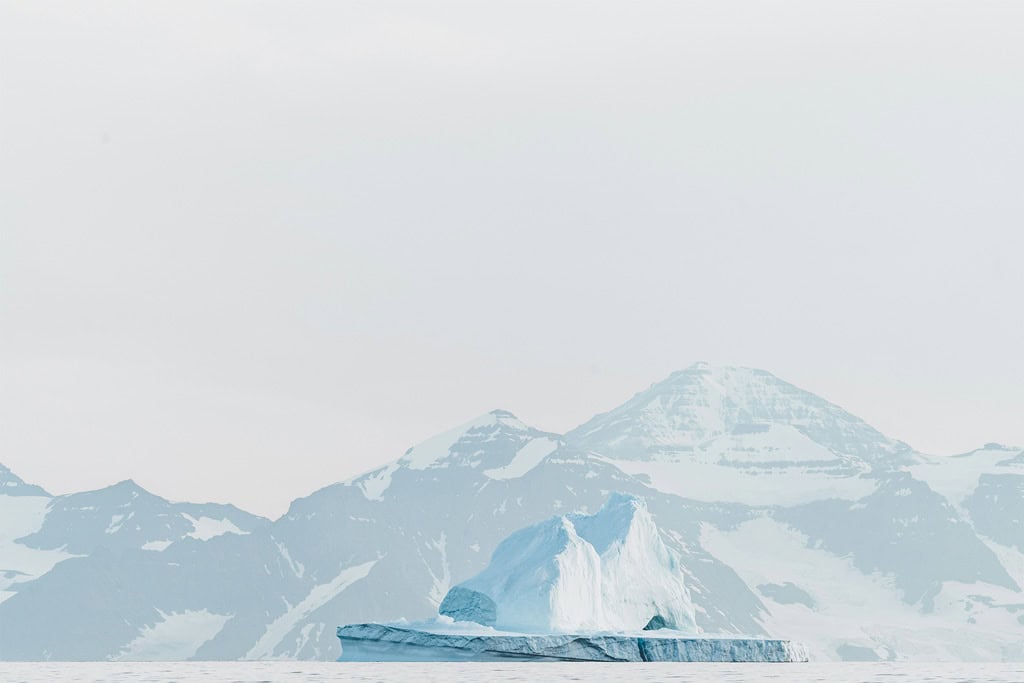
Antarctica is colder than the Arctic! Both polar regions are some of the coldest places to visit on Earth, but Antarctica takes the cake for the coldest temperatures.
This is mainly because of geography. Antarctica is drier and more mountainous than the Arctic, allowing heat to escape into the air more quickly without a protective cloud cover.
Land also loses heat more quickly than water. Antarctica is a continent comprised of the Antarctic ice sheet, so it cools down more quickly than the ocean.
The Arctic, on the other hand, is mostly the Arctic Ocean and its surrounding islands. The Arctic Ocean actually regulates temperatures better in the region, keeping it a little warmer than Antarctica.
Winter temperatures in Antarctica can drop below −60°C (−76°F), and even in the coastal summer months, temperatures often remain below freezing. In contrast, Arctic winters typically range between −20°C and −40°C (−4°F to −40°F), and summer temperatures can climb to 0°C to 10°C (32°F to 50°F).
The coldest temperature ever recorded on Earth was 89.2°C (−128.6°F) at Vostok Station in Antarctica, far colder than any temperature recorded in the Arctic.
Polar bears live in the Arctic! If you’re getting your polar regions confused, you’re not the first.
Polar bears are land-dwelling mammals that roam the Arctic Circle. They occasionally swim in the ocean to catch prey or to travel between floating ice shelves, but they mainly live on land.
Antarctica does not have any animals that permanently live on land. You won’t find any polar bears at the south pole!
Penguins live in Antarctica. They are well adapted to the freezing coastal temperatures of Antarctica, the Southern Ocean, and the surrounding islands.
Common penguin species to see in Antarctica include emperor, chinstrap, gentoo, Adélie, macaroni, and more.
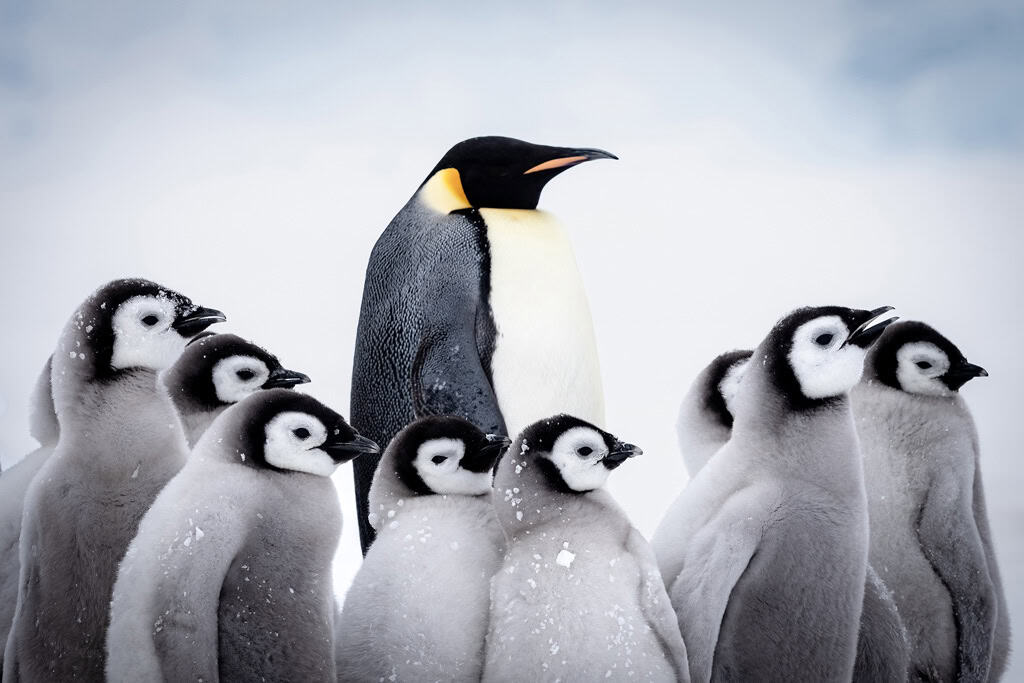
There are several reasons why people live in the Arctic but not Antarctica, and it’s mostly due to climate and geography.
Antarctica is the coldest and most inhospitable place on Earth. There are no trees, agriculture, or permanent flowing water sources. It’s also extremely isolated, and wasn’t even discovered by humans until the 19th Century.
The Arctic better supports human life. It’s slightly warmer, has more resources, and is accessible from the northern countries such as Greenland, Canada, Alaska, Russia, and more.
Arctic areas have supported human life for thousands of years, with Indigenous peoples like the Inuit, Sámi, Nenets, and others adapting to the cold environment. Human settlements have their own tools and techniques for surviving around the Arctic Circle!
This is another interesting difference between the Arctic and Antarctica.
The Arctic is a region that belongs to several different sovereign nations. That means people live there just as they do in other regions of those countries, supported by infrastructure like schools, hospitals, and transport.
Antarctica, on the other hand, is governed by the Antarctic Treaty System. The Antarctic Treaty was created in 1959 by 12 countries that had scientists exploring the continent. The goal is to keep Antarctica as a reserve for peaceful scientific research.
Permanent settlements and governance from a single nation are prohibited in Antarctica. There are no cities or towns, only temporary research stations where scientists and support staff can live for short periods of time.
Antarctica is considered a continent, but the Arctic is not, because of their fundamental differences in land and structure.
Antarctica is a massive landmass – a solid continent made of rock and mountains, covered by a thick ice sheet. It meets the definition of a continent: a large, continuous area of land surrounded by ocean.
The Arctic is not a landmass. It’s mostly sea ice floating on the Arctic Ocean, surrounded by landmasses like Russia, Canada, Greenland, and Norway.
Since there’s no central landmass, it doesn’t qualify as a continent. While it includes parts of other continents, the central Arctic itself is just ocean, not a separate continental landform.
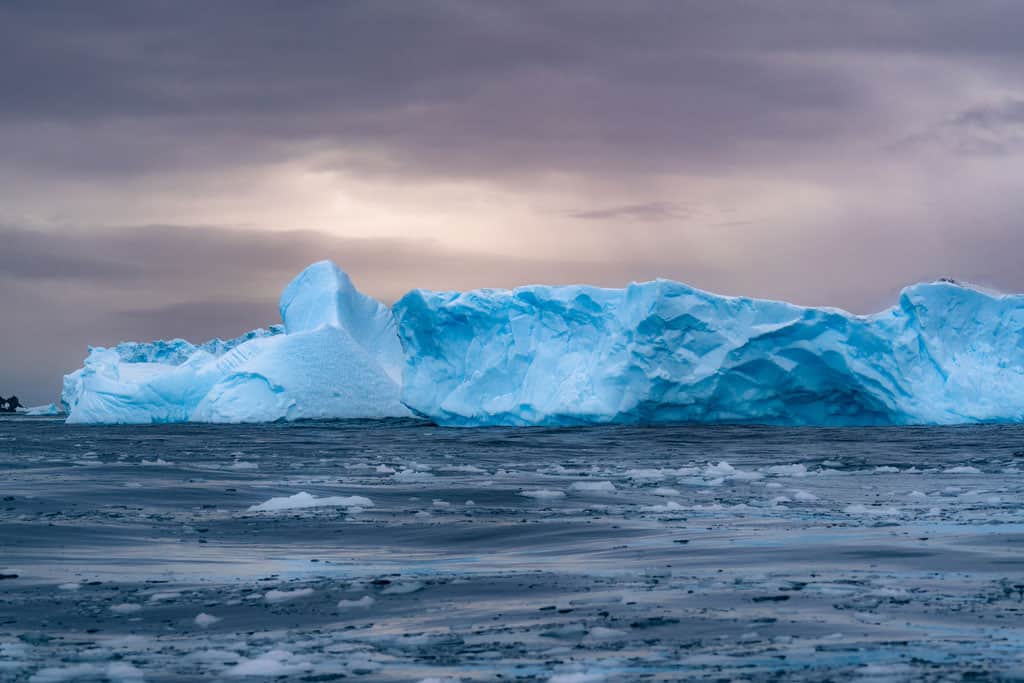
If you’re planning an epic getaway to either the North Pole or the South Pole, it’s important to understand the differences we’ve covered so you know what to expect!
An Antarctic or Arctic expedition will likely be the trip of a lifetime. Here is a quick comparison of trips to either location so you can choose the best adventure for you.
We’ll mention the fun experiences you can have in each place, as well as logistics for planning a trip such as cost, departure location, and time of year.
Reasons to visit Antarctica
Logistics of visiting Antarctica
Aside from these amazing experiences, consider the logistics of visiting Antarctica.
Most trips depart from South America, with other options departing from New Zealand, Australia, or South Africa. Consider your travel to the starting point for the expedition cruise!
Antarctica expedition cruises tend to cost around $10,000 USD per person, with longer or more luxury cruises jumping up to $20,000 USD or more.
Also note that you can only travel to Antarctica between November and March, as these are the summer months for the South Pole.
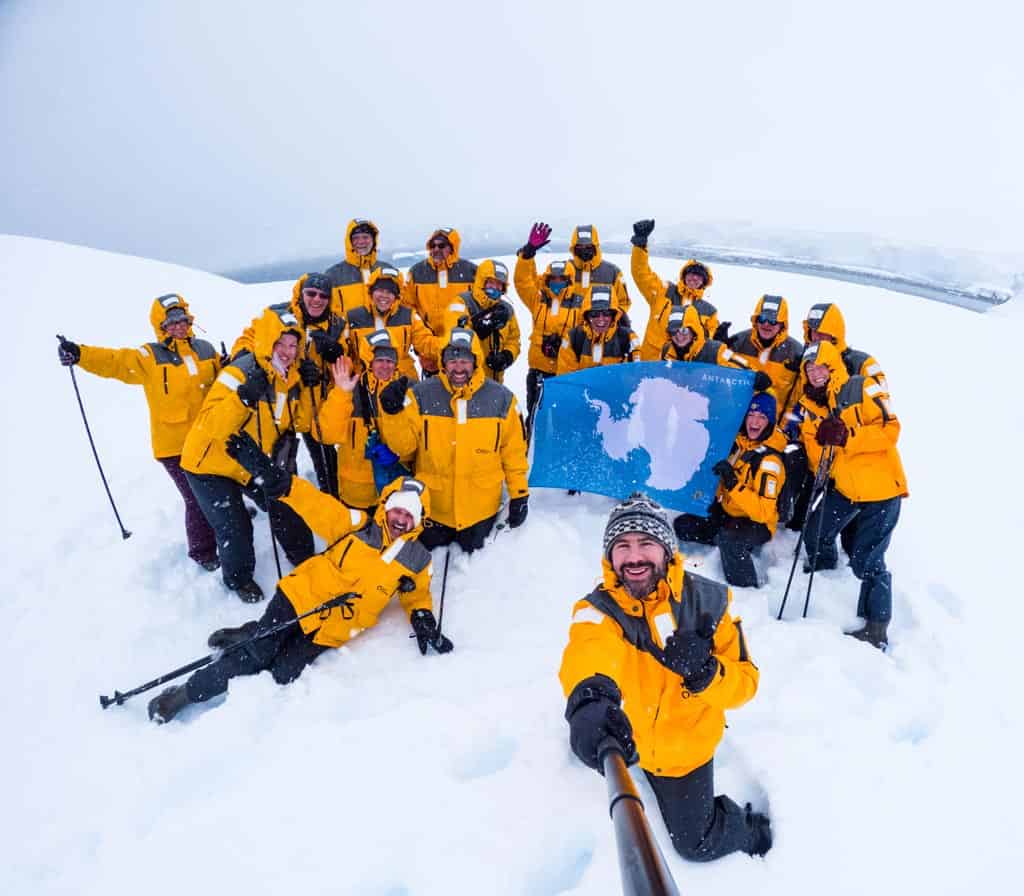
Reasons to visit the Arctic
- Enjoy vibrant wildflowers and stunning summer light
- Travel in shoulder seasons to see the Northern Lights
- Visit Indigenous communities and learn about traditional lifestyles
- Discover Viking ruins, whaling stations, and exploration history
Logistics of visiting the Arctic Circle
Traveling to the Arctic is more accessible than Antarctica. The visiting window is wider, costs are lower, and departure points are more varied.
There is easier access to the Arctic via Norway, Iceland, Northern Greenland, Canada, Alaska, or Russia, and you can combine it with other nearby land destinations.
Peak season is June through August. There is 24-hour daylight above the Arctic Circle, wildlife is more active across the Arctic tundra, and the Arctic environment is more alive.
You can also visit in shoulder seasons of May or September to get the best views of the Northern Lights. Costs for a tour tend to be around $3,000 – $10,000, which is more affordable than most Antarctic cruises.
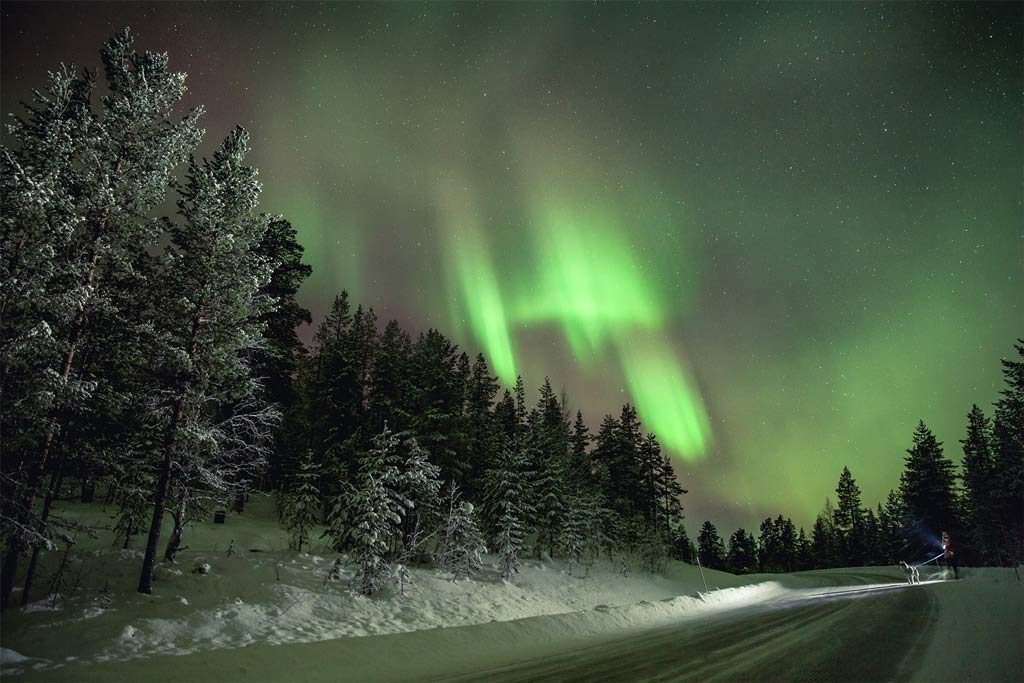
Some of the links in this article are affiliate links, which means if you book accommodation, tours or buy a product, we will receive a small commission at no extra cost to you. These commissions help us keep creating more free travel content to help people plan their holidays and adventures. We only recommend the best accommodations, tours and products that ourselves or our fantastic editorial team have personally experienced, and regularly review these. Thanks for your support, kind friend!







